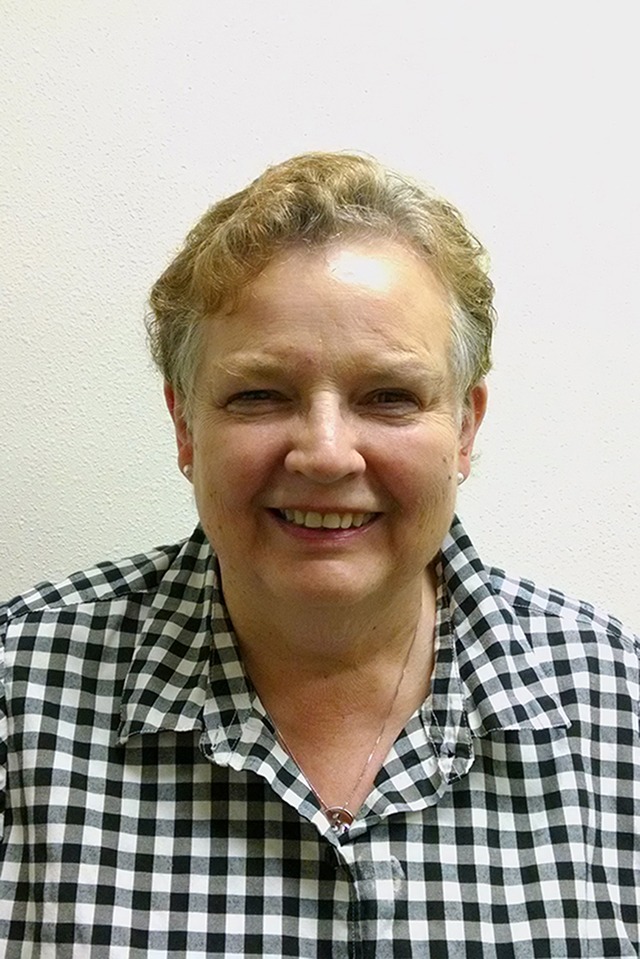McCleary’s Ellsworth Curran comes from sturdy stock. I know I am stating the obvious here, but this was driven home to me as I visited Utah last month.
Ellsworth was born 100 years ago in Utah and spent his early years working hard to help support his family after his father died and older brothers left home.
My friend, Jean Roberts, and I took a road trip from Salt Lake City and traveled throughout Utah. We visited all five National Parks, many state parks and even got to see the North Rim of the Grand Canyon in Arizona. All that was spectacular and I highly recommend it. For the younger group, there is hiking all over the place. For those of you in my age group, the short walks at each stop do add up to a good night’s sleep at the end of the day.
If you get a chance to go to Utah, do not miss Panguitch, a small town with wide streets and a block of old town stores in south central Utah in Garfield County. You’ll see fantastic brick buildings of all shapes, sizes, and styles. There used to be a brick factory at the edge of town. As stated in the document declaring Panguitch a Historical Site: “Making brick was a community affair in Panguitch. It took several men three to five days to complete each batch. The men were often paid in bricks. Each brick was put to good use by building the homes.”
Still, that is not what grabbed my attention.
We were in a local grocery store buying our fresh fruit snacks for the day and I asked the clerk, Jolene, if she had lived here all her life. She smiled and said her great-grandfather helped settle the town. She pointed down the road and invited us to stop at the little park to learn about the Quilt Walkers of Panguitch. I’m a little hard of hearing, so I thought she said ‘quilt walkers’. That didn’t make sense to me, but I figured it would be cleared up when we stopped at the little park.
It’s an unassuming little place that you could easily miss as you drove by. I’m so grateful we didn’t miss it. There is a bronze statue of a man with a beard spreading a bronze quilt out in front of him. Yes, a quilt. My hearing isn’t as poor as I think it is. The plaque at the base of the statue says: “The Panguitch quilt walk history.”
In 1864 a group of hardy pioneers braved the mountain snows to save their families from starvation. The group of men encountered snows that were impassable. According to their faith, they knelt on the quilt in a prayer circle. The answer to their prayer was to walk on the quilts. Thus, the seven men are honored as the Panguitch Quilt Walkers. They are Jessie Louder, Alexander Matheson, William Talbot, Thomas Jefferson Adair, Thomas Morgan Richards, John Lowe Butler II, and John Paul Smith. Stanley Q. Johnson is the artist who sculpted the monument.
I was so moved by the statue that I went back to the store to thank Jolene. I asked her which of the Quilt Walkers was her great-grandfather. She said he was actually the bishop who sent the seven men on the journey.
I have since learned, from Googling it, that Panguitch was first settled in March 1864. Yes, their first winter was harsh. The high elevation of 6,600 feet was blamed for the first year’s crop failure. They had planted too late for the crops to grow. At a crisis point, those seven men left the community to seek flour and foodstuffs from surrounding communities. Heavy snow forced the abandonment of wagons and teams, but the men finished their rescue mission of more than 40 miles on foot by laying one quilt after another upon the snow to maintain their footing.
Now, that’s that sturdy stock I was talking about.
Linda Thompson is the editor of the McCleary Museum Newsletter. She has been a volunteer at the museum since 1990.



